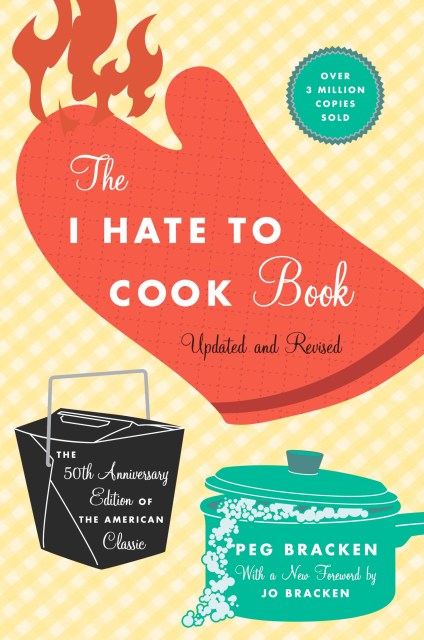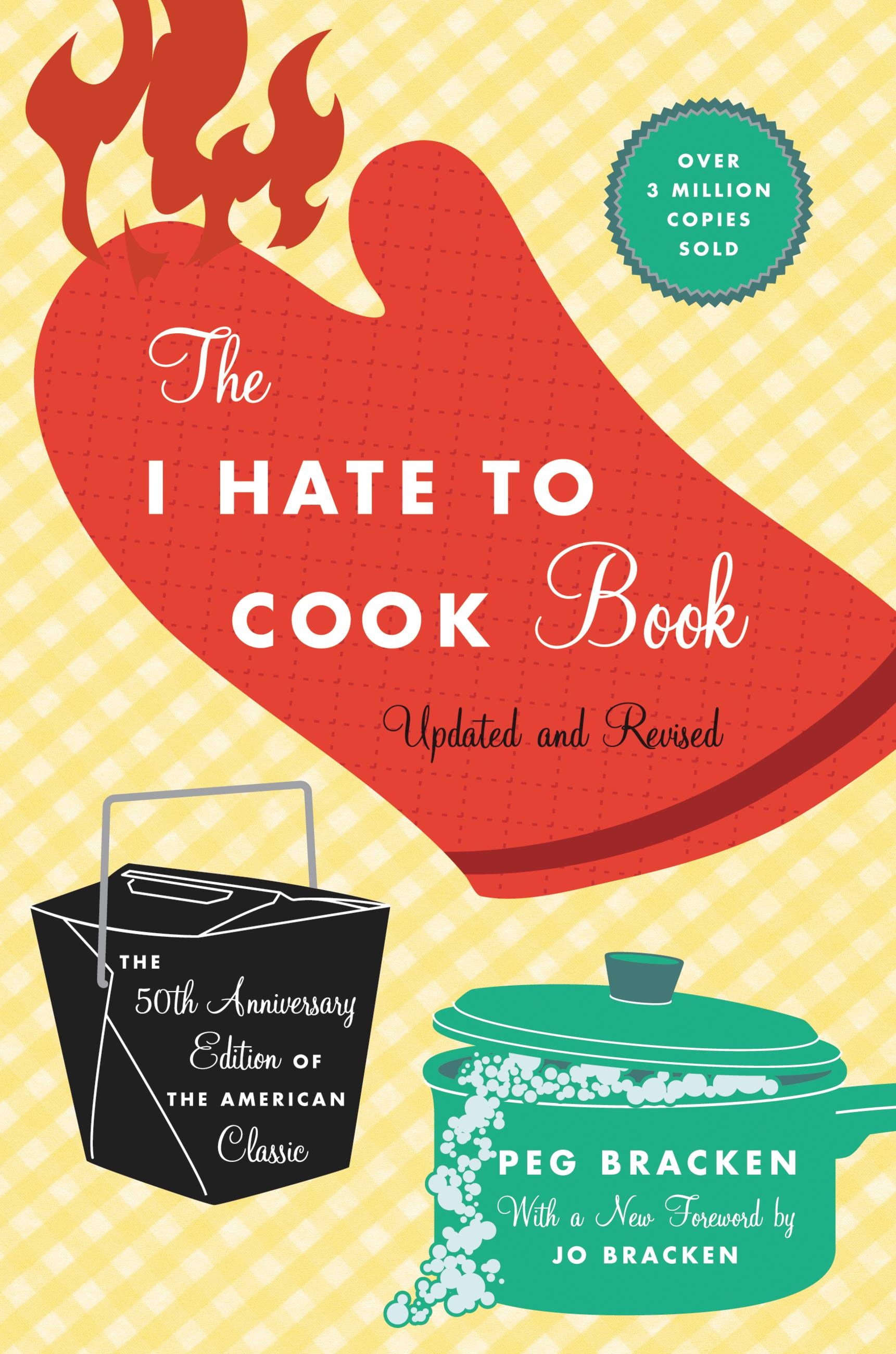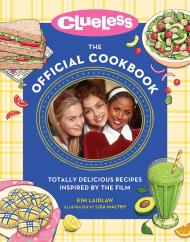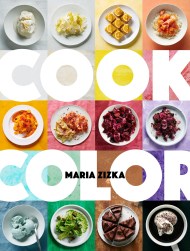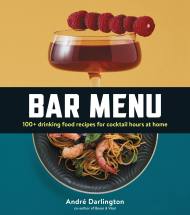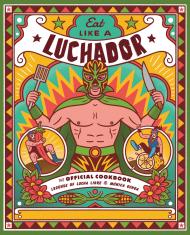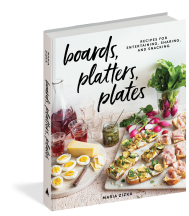Promotion
Use code MOM24 for 20% off site wide + free shipping over $45
The I Hate to Cook Book (50th Anniversary Edition)
50th Anniversary Edition
Contributors
By Peg Bracken
Foreword by Johanna Bracken
Formats and Prices
Price
$26.00Price
$33.00 CADFormat
Format:
- Hardcover (Special Edition) $26.00 $33.00 CAD
- ebook (Special Edition) $10.99 $13.99 CAD
This item is a preorder. Your payment method will be charged immediately, and the product is expected to ship on or around July 26, 2010. This date is subject to change due to shipping delays beyond our control.
Also available from:
Peg Bracken
Philosopher’s Chowder. Skinny Meatloaf. Fat Man’s Shrimp. Immediate Fudge Cake. These are just a few of the beloved recipes from Peg Bracken’s classic I Hate to Cook Book. Written in a time when women were expected to have full, delicious meals on the table for their families every night, Peg Bracken offered women who didn’t revel in this obligation an alternative: quick, simple meals that took minimal effort but would still satisfy.
50 years later, times have certainly changed – but the appeal of The I Hate to Cook Book hasn’t.
This book is for everyone, men and women alike, who wants to get from cooking hour to cocktail hour in as little time as possible.
Genre:
- On Sale
- Jul 26, 2010
- Page Count
- 224 pages
- Publisher
- Grand Central Publishing
- ISBN-13
- 9780446545921
Newsletter Signup
By clicking ‘Sign Up,’ I acknowledge that I have read and agree to Hachette Book Group’s Privacy Policy and Terms of Use
